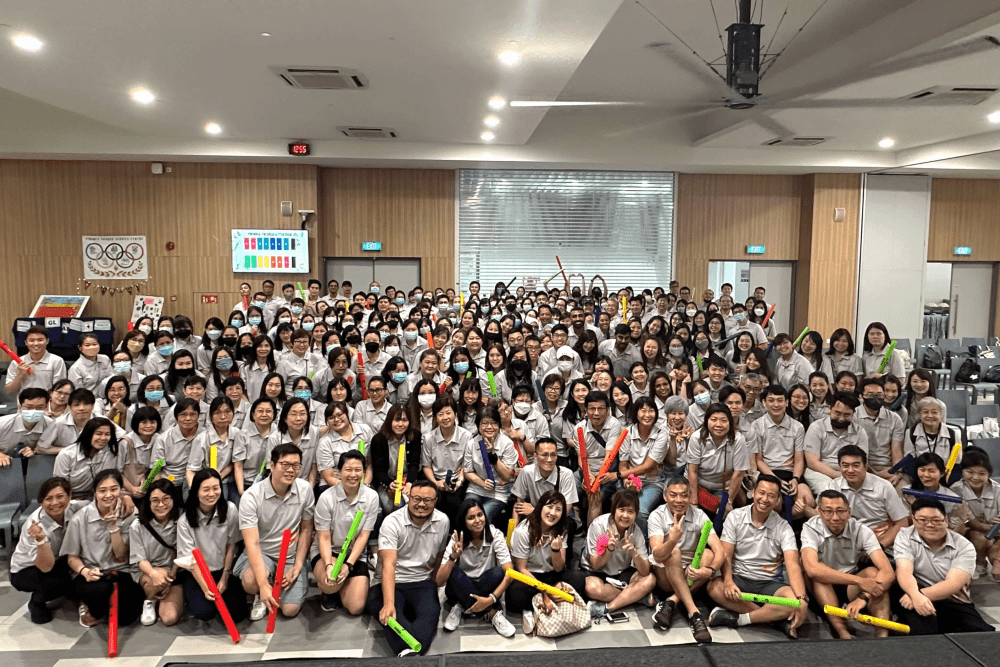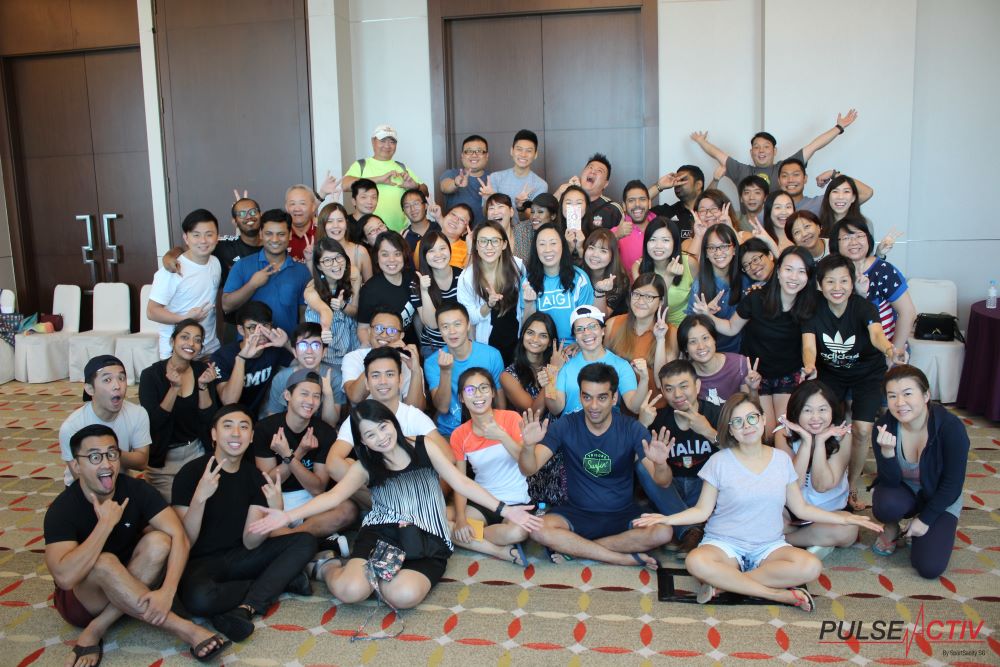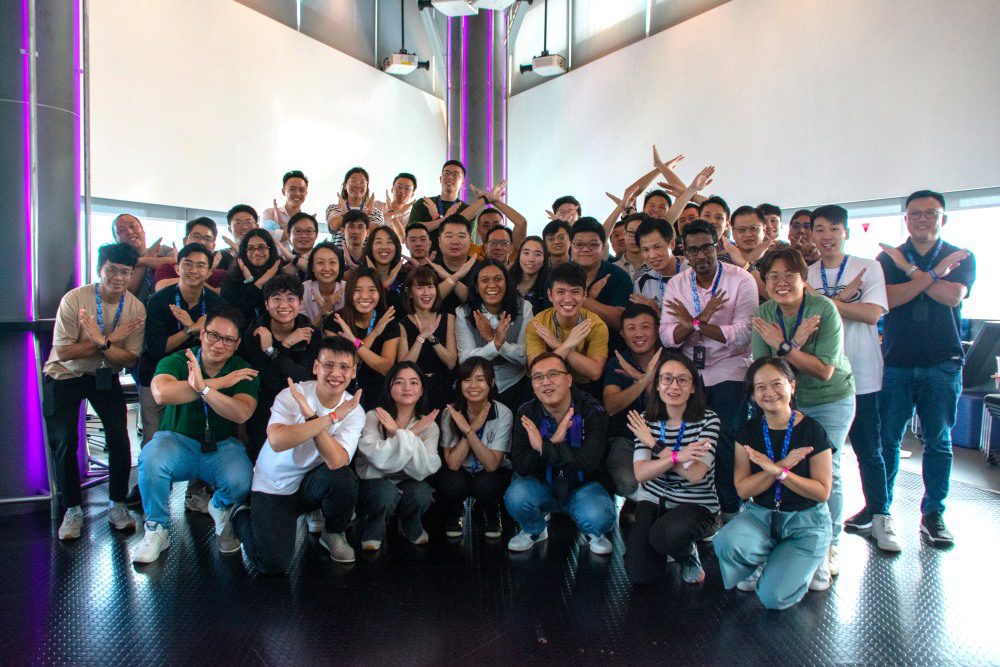Wellness Team Building in Singapore: Boost Morale, Health & Teamwork
In Singapore’s fast-paced and competitive work environment, employee wellness is no longer just a nice-to-have—it’s essential. As companies place greater emphasis on building resilient, happy, and high-performing teams, wellness-centric team building has emerged as a powerful tool. At PulseActiv, we specialize in team building in Singapore that integrates well-being at the heart of every experience.
Here’s how wellness-focused team bonding activities are transforming the workplace:
Mental Health Workshops & Emotional Resilience Training
Today’s top-performing teams thrive on emotional intelligence and psychological safety. Forward-thinking organizations are incorporating:
Mental health awareness sessions
Stress management workshops
Emotional intelligence training led by professionals
These sessions not only reduce stigma around mental health but also create safe spaces for open dialogue, where employees can share experiences and support each other. This strengthens team bonds and equips individuals with tools to navigate workplace challenges together.
Physical Wellness Activities
Physical activity remains one of the most effective ways to boost morale, reduce stress, and improve teamwork. Wellness team building activities often include:
Group fitness challenges
Yoga or stretching sessions
Nature walks or dance-based workouts
These experiences give teams a chance to step away from their desks, engage with one another in an informal setting, and build camaraderie through movement.
Mindfulness & Relaxation Practices
To help employees stay focused and balanced, mindfulness is becoming a staple in corporate team building. Popular wellness components include:
Guided meditation or breathing exercises
Art-based relaxation (e.g., painting, journaling)
Sound healing or aromatherapy sessions
Especially effective in high-pressure industries, these practices help participants stay grounded and build internal resilience for everyday work stressors.
Digital Wellness for Remote & Hybrid Teams
In remote and hybrid work settings, digital fatigue is real. That’s why companies are adapting wellness team building to virtual platforms, offering:
Online mindfulness and wellness check-ins
Virtual group fitness or movement sessions
Screen-free digital detox challenges
These initiatives promote a healthier work-life balance and help remote employees feel more connected, engaged, and refreshed.
Nature & Outdoor Wellness Retreats
Outdoor retreats are making a comeback as teams seek deeper connection and rejuvenation. These retreats may feature:
Forest bathing or eco-therapy
Group hikes or coastal walks
Mindful team bonding in nature-based environments
Time outdoors is proven to boost creativity and mental well-being. It also fosters a stronger sense of purpose, presence, and unity among team members—perfect for corporate groups looking to reset and recharge.
The ROI of Wellness-Centric Team Building
Wellness isn’t just good for employees—it’s good for business. Organizations that prioritize wellness-focused team building often experience measurable returns, such as:
Reduced absenteeism and burnout
Higher employee engagement and satisfaction
Improved teamwork and communication
Better talent retention and reduced turnover
Investing in team building in Singapore with a wellness angle signals to employees that their mental, physical, and emotional health is a priority. It builds a workplace culture rooted in care, trust, and support—qualities that drive long-term success.
Let’s Build a Happier, Healthier Team
At PulseActiv, we design wellness-driven corporate team building activities that leave a lasting impact. Whether you’re planning a nature retreat, mindfulness workshop, or energizing fitness challenge, our team is here to help you create meaningful experiences tailored to your needs.
Ready to bring wellness into your next team building program in Singapore? Contact us today and let’s craft something your team will thank you for.
If you want to read more of our articles, click here.
Here are 5 reasons why conducting a survey can significantly enhance your team building event.










